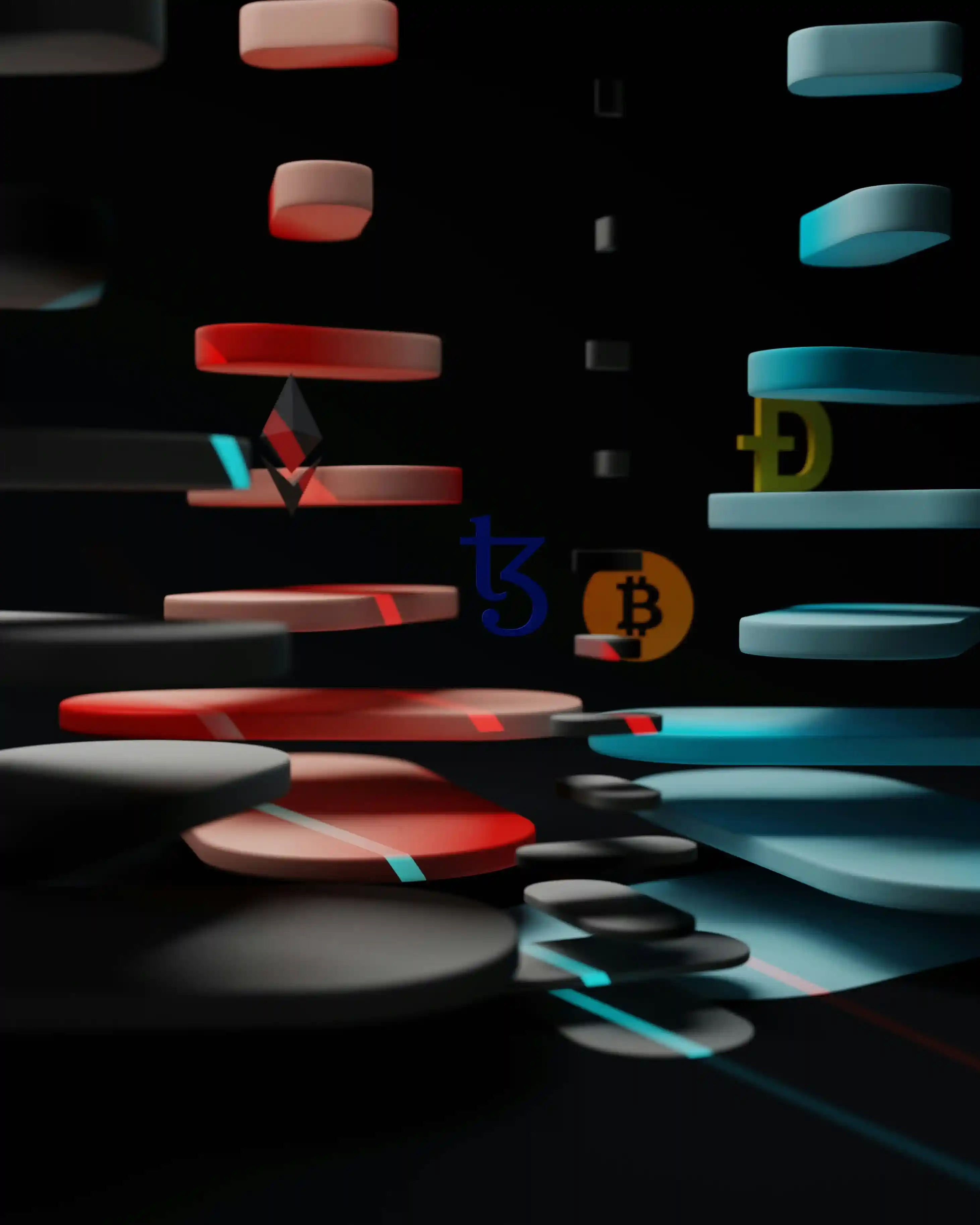
Tokenization
Benefits
Enhanced Liquidity
Asset tokenization splits assets into tradable tokens, increasing liquidity and enabling a broader range of investors to participate in trading more efficiently.
Access to global markets
Digital tokenization removes geographical barriers, allowing businesses to access a worldwide investor base and facilitating cross-border transactions.
Improved efficiency
Asset tokenization simplifies the processes of asset ownership and transfer, reducing costs and increasing operational efficiency.
Asset interoperability
Digital asset tokenization enhances the integration of diverse assets on blockchain platforms, supporting the creation of new financial products like asset-backed securities.
Capital Access
Asset tokenization allows businesses to issue security tokens to access capital markets, expanding funding avenues beyond traditional methods.
Automation
Digital asset tokenization uses smart contracts to automate tasks like dividend distribution and compliance, reducing manual work and costs.
Q&A
What is Tokenization?
Tokenization converts rights or assets into digital tokens on a blockchain, representing both real and intangible assets such as art, real estate, digital goods, copyrights, financial securities, and even personal data.
How does Tokenization Work?
The process involves identifying an asset, ensuring it complies with legal regulations, and then dividing it into digital shares represented as tokens on a blockchain. These tokens facilitate secure and transparent transactions, managed and enforced through smart contracts.
What are the Benefits of Tokenization?
Tokenization increases liquidity by making illiquid assets easily tradable, enhances security and transparency with blockchain's inherent features, expands market accessibility, and reduces transaction costs and duration by minimizing intermediary involvement.
What Challenges Does Tokenization Face?
Challenges include dealing with diverse regulatory environments, convincing traditional markets to adopt new technologies, developing strong technical infrastructure for managing tokenized assets, and accurately valuing a wide range of tokenized assets.
What Types of Assets Can Be Tokenized?
Virtually any asset can be tokenized, ranging from tangible assets like artwork and real estate to intangible assets such as patents and copyrights, financial assets like stocks and bonds, commodities like gold and oil, and personal data which allows individuals to control and potentially monetize their information.



js

vue

react

etherium

tron

eos

Binance
Lifecycle of a Tokenized Security
Deal Structuring
Digitization
Primary Distribution
Post Tokenization Management
Secondary Trading
In the deal structuring stage, crucial decisions need to be made regarding the terms and conditions of the security token. Deal structuring is an integral part of any securities offering, irrespective of the technology employed. Compliance with legal requirements is essential, and technology can enhance operational processes for innovative financial solutions.
LETS TALK








